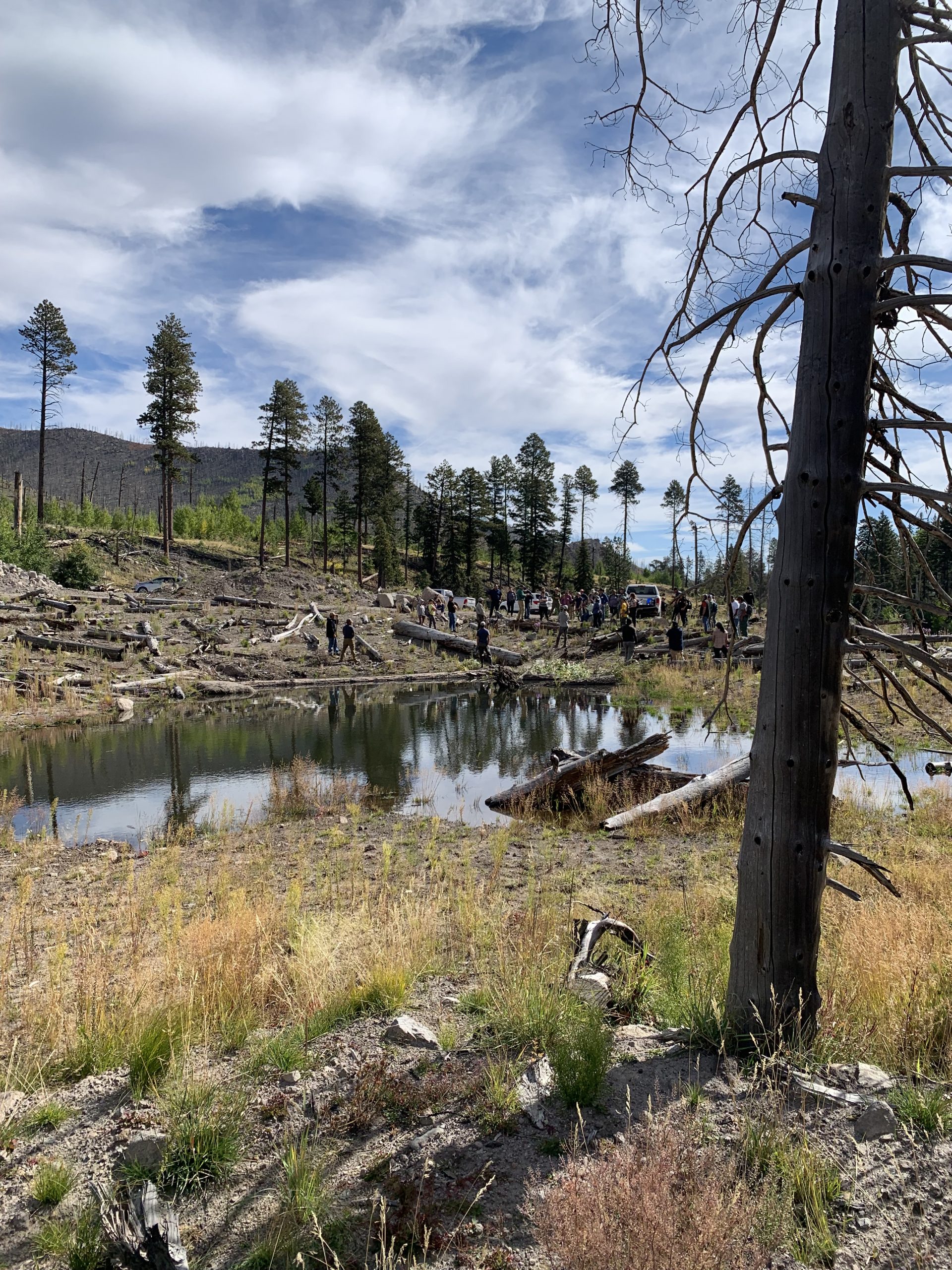The Arizona Wildfire Initiative welcomed our Forestry, Fire and Climate Tribal Liaison Community Program Coordinator, Senior (Tribal Liaison), Callum Cintron (They/Them), in October 2023. Their role is to support Indigenous students, organizations, professionals and Nations in Arizona as well as partner with federal agencies that serve Tribes such as the BIA – Western Region. Through communications, collaborations, projects and internal development, they strive to make NAU’s School of Forestry a lead partner in aiding Indigenous communities in fire, forestry and climate resilience.
Each Monday in May, we will provide an update on our work with Tribes on wildfire, climate, and forestry. We begin today with some statistics on how wildfire impacts Tribes in Arizona.
Indigenous Communities and Wildfire
According to the AZ Wildfire Risk Assessment Portal, of the 22 federally recognized Tribes in Arizona,15 have a wildfire threat level between high and extreme and 3 are between moderate to moderate-high on all or part of their lands. Eighty-two percent of the Tribes in Arizona have a wildfire risk between moderate and extreme. Between 2020-2021, 40% of wildfires in Arizona were on or near (within 10 miles) reservations.
Wildfire Threat Level by Tribe:
High and Extreme
- Cocopah Indian Tribe, Colorado River Indian Tribes, Fort Mojave Indian Tribe, Fort Yuma-Quechan Tribe, Gila River Indian Community, Hopi Tribe, Hualapai Tribe, Kaibab Band of Paiute Indians, Pascua Yaqui Tribe, San Carlos Apache Tribe, Tohono O’odham Nation, Tonto Apache Tribe, White Mountain Apache Tribe, Yavapai-Apache Tribe, Yavapai-Prescott Indian Tribe
Moderate to Moderate High
- Fort McDowell Yavapai Nation, Havasupai Tribe, Navajo Nation

